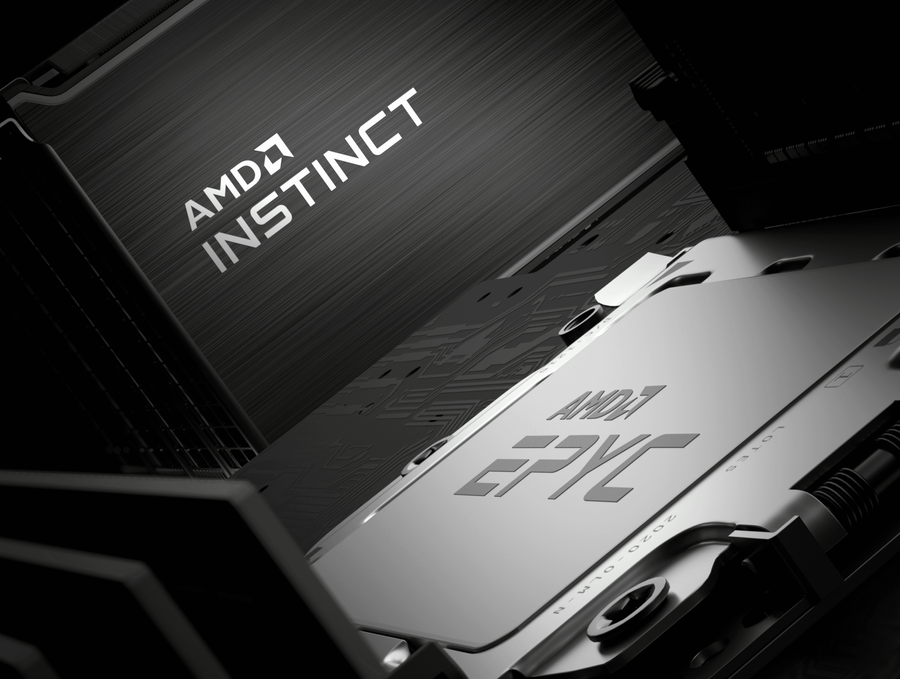Chipmaker AMD’s dominance in high-performance computing accelerates as El Capitan deployment showcases transformation from Intel rival to market leader.
In the race for computing supremacy, the ability to process calculations at exascale – performing a billion billion operations per second – has become a benchmark of technological advancement. This capability, once theoretical, has emerged as a practical reality through systems that are reshaping scientific research, national security and AI development.
Advanced Micro Devices (AMD), the semiconductor manufacturer that has transformed from a distant rival to Intel into a computing powerhouse, has marked a milestone in this field with its processors powering El Capitan, now the fastest supercomputer in the world according to the Top500 list. This achievement comes amid intensifying competition in high-performance computing, where nations and corporations vie for technological leadership in applications ranging from climate modelling to nuclear security.
The system, housed at Lawrence Livermore National Laboratory (LLNL) in California, achieved a High-Performance Linpack score of 1.742 exaflops – equivalent to performing 1.742 quintillion calculations per second. The machine uses AMD’s Instinct MI300A accelerated processing units (APUs), which combine central and graphics processing capabilities in a single component.
This installation represents the sixth consecutive time AMD has powered the world’s fastest supercomputer, a position previously dominated by competing chip manufacturers. The achievement marks a significant shift in the computing landscape, where specialised processors designed for AI and scientific computing have become as crucial as traditional central processing units.
AMD’s supercomputing leadership
El Capitan represents the second AMD-powered system to exceed the exaflop barrier, following the Frontier system at Oak Ridge National Laboratory. Together, these installations account for 61% of the computing power among the top 10 supercomputers globally.
Forrest Norrod, Executive Vice President and General Manager at AMD, says: “We are thrilled to see El Capitan become the second AMD powered supercomputer to break the exaflop barrier and become the fastest supercomputer in the world. This groundbreaking machine is a testament to the dedicated work between AMD, LLNL and HPE.”
National security applications
The system serves as the primary computing resource for the US National Nuclear Security Administration’s laboratory network. Rob Neely, Director of LLNL’s Advanced Simulation and Computing programme, says: “El Capitan is crucial to the National Nuclear Security Administration’s core mission and significantly bolsters our ability to perform large ensembles of high-fidelity 3D simulations.”
The installation operates alongside Tuolumne, a companion system focused on unclassified research including climate modelling and drug discovery. Both systems incorporate AI capabilities for data analysis.
Industry partnerships
AMD has announced a collaboration with IBM to offer AMD’s Instinct MI300X accelerators through IBM’s cloud computing platform. The service targets enterprises requiring computing power for generative AI and technical computing applications.
This offering, which is expected to be available in the first half of 2025, aims to enhance performance and power efficiency for Gen AI models such as and HPC applications for enterprise clients. This collaboration will also enable support for AMD Instinct MI300X accelerators within IBM’s watsonx AI and data platform, as well as Red Hat Enterprise Linux AI inferencing support.
“As enterprises continue adopting larger AI models and datasets, it is critical that the accelerators within the system can process compute-intensive workloads with high performance and flexibility to scale,” said Philip Guido, Executive Vice President and Chief Commercial Officer at AMD.
“AMD Instinct accelerators combined with AMD ROCm software offer wide support including IBM watsonx AI, Red Hat Enterprise Linux AI and Red Hat OpenShift AI platforms to build leading frameworks using these powerful open ecosystem tools. Our collaboration with IBM Cloud will aim to allow customers to execute and scale Gen AI inferencing without hindering cost, performance or efficiency.”
In Europe, Eni, the Italian energy company, has deployed AMD components in its HPC6 system, which ranks as the fifth fastest supercomputer globally. The University of Paderborn in Germany and Sigma2 AS in Norway are implementing systems using AMD’s latest processors.
In Asia, Japan’s National Institutes for Quantum Science and Technology has commissioned a system using 280 AMD Instinct MI300A APUs, built by NEC Corporation, the technology company.
Bronis R. de Supinski, LLNL’s Chief Technology Officer for Livermore Computing, says: “Leveraging the AMD Instinct MI300A APUs, we’ve built a system that was once unimaginable, pushing the absolute boundaries of computational performance while maintaining exceptional energy efficiency. With AI becoming increasingly prevalent in our field, El Capitan allows us to integrate AI with our traditional simulation and modeling workloads, opening new avenues for discovery across various scientific disciplines.”



